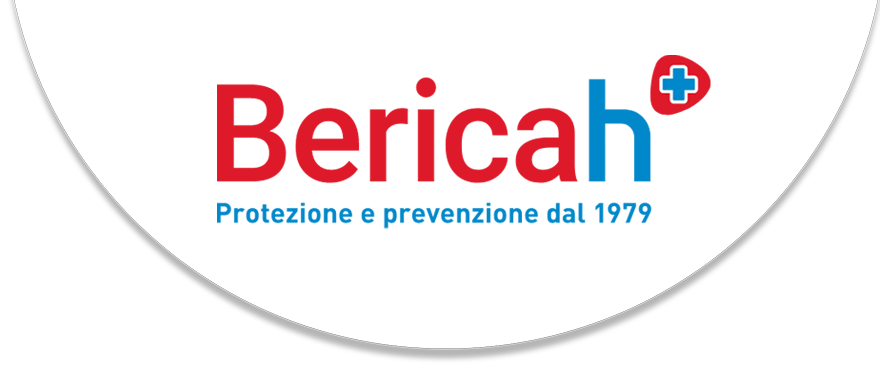THE EUROPEAN MEDICAL DEVICE REGULATION
EU Regulation 2017/745 (MDR, which stands for Medical Device Regulation) changed the rules regarding the production and marketing of medical devices.
The first medical device regulation dates back to the 1990s, the year when
three directives on the subject were issued: Directive 90/385/EEC, Directive 93/42/EEC and Directive 98/79/EEC.
The need to change these directives subsequently led to the issue of EU Regulation 2017/745

The MDR strengthens the conformity assessment procedures and the monitoring of the medical device sector, whilst also introducing provisions to ensure traceability.
It sets high quality and safety standards for MDs, to make sure that their safety requirements are fully met.
Lastly, special attention is paid in the MDR to the identification of the economic operators involved in the medical device supply chain, including their respective responsibilities.
This regulation applies since 26 May 2021.
One of the first tasks entrusted to the manufacturer is to decide whether or not, in the light of the MDR, a product falls under the definition of a medical device, and to understand whether the risk class has changed.
In this respect, it should be noted that in Regulation 2017/745, the definition of medical device is broader than in the past.
It applies to a range of products that, although not strictly intended for medical use, have nevertheless been included under the umbrella of MDs for safety reasons (for example non-corrective contact lenses, liposuction equipment, hair removal laser, etc.).
Furthermore, the MDR gives a better definition of the meaning of nanomaterial, with a much more detailed regulation of the risk class of devices incorporating nanomaterials.
One of the major innovations of the MDR is the much more precise definition of the obligations and responsibilities of the so-called economic operators: manufacturer, agent, importer, distributor.

Manufacturers, agents, importers and distributors are no longer mere participants in a commercial chain, but become active players for the safety of the device throughout its entire life.

It markets an MDR-compliant MD under its own name or trademark.

It carries out the activities defined in the agency mandate on behalf of a manufacturer based outside the EU.

It imports in the EU market an MDR-compliant MD from a third country.

It makes available on the EU market an MDR- compliant MD, until this is put into service.
Another important innovation is the traceability of medical devices thanks to a new identification system (UDI system).
This consists of a unique code (numeric or alphanumeric) associated with a medical device and which allows for clear and unambiguous identification of devices placed on the market, facilitating their traceability.
The identification consists of two main elements: the device identifier (UDI-DI) and the production identifier (UDI-PI).
Both provide access to useful information about the device. This unique device identification strengthens the reporting of incidents, facilitates any necessary recall of devices that might pose safety risks, contributes to the fight against counterfeiting and increases patient safety.
The unique device identification system will complement, rather than replace, the existing labelling requirements for medical devices.

A key aspect in achieving the objectives of the regulation is also the European Database on Medical Devices (EUDAMED).
Its aim is to provide an up-to-date snapshot of the life cycle of available medical devices in the European Union.
This unique database is based on the creation of six interconnected modules which, once completed, will certainly improve transparency and coordination of information.

But there is more: an actual Post-Market Surveillance (PMS) system has also been introduced as one of the key elements of the entire system created by the MDR legislator.
This surveillance system requires the manufacturer to systematically collect data on compliance with the essential safety requirements, in order to then implement any improvements that may be necessary.
The MDR also contains another crucial change: the obligation for the medical device company to appoint a person responsible for regulatory compliance (PRRC).
The legislation provides for this obligation for both the manufacturer and the authorised representative.
But what does the PRRC actually do? The PRRC is an “internal guarantor” in charge of supervising the manufacture of medical devices and overseeing post-marketing activities.
All the responsibilities of the PRRC are outlined in Article 15 of the MDR.

Are you one of our MD Distributors?

Are you a Bericah Exclusive Cutomer for Private Label MDs?

We will help you to better understand the obligations, responsibilities, risks and sanctions introduced by the MDR.
qualita@bericah.it (+39) 0444 240522
Watch the video summary of this page.
You can either send an email or call us at +39.0444.240522

